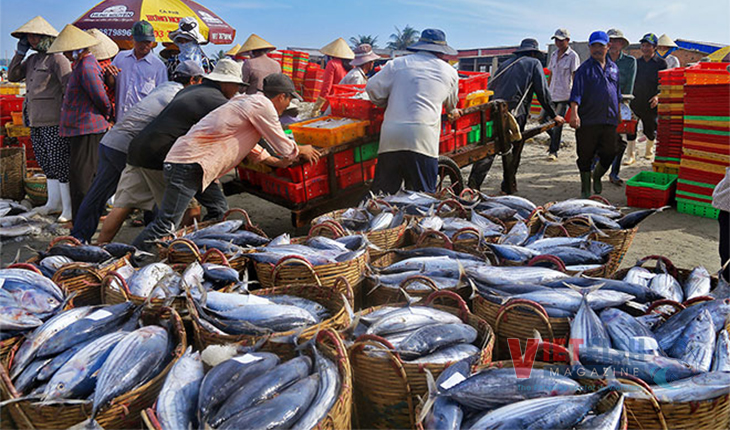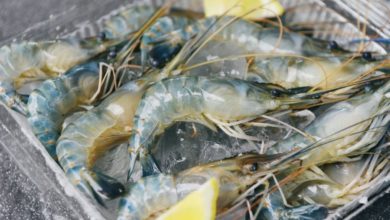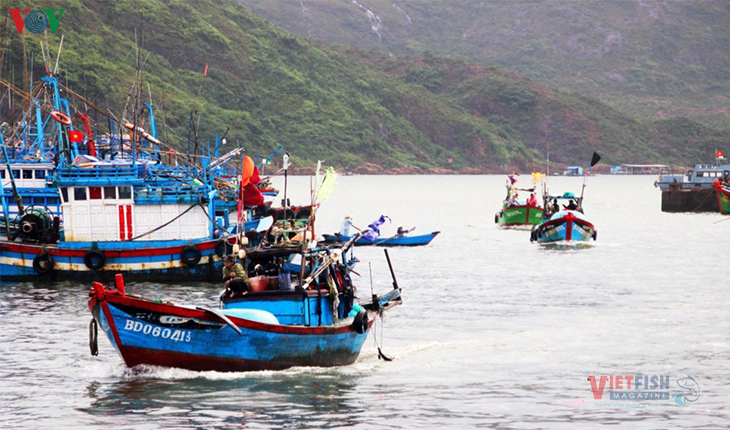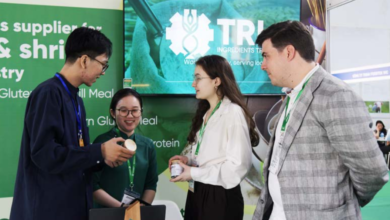Two key missions for aquaculture in 2025 Improving seed quality and regulating antibiotic use
The Director General of the Directorate of Fisheries (Ministry of Agriculture and Rural Development), Tran Dinh Luan, highlighted two key priorities for the aquaculture sector in 2025: enhancing the quality control of aquatic seeds and tightening the management of antibiotic use.
The D-Fisheries estimates that by December 2024, total seafood production will exceed 9.6 million tons, a 2% increase from 2023. Wild-catch seafood is projected at nearly 3.86 million tons, while aquaculture will surpass 5.75 million tons. Seafood exports are expected to generate over USD 10 billion, achieving 106% of the target and rising by 12.1% compared to 2023. Aquaculture has shown steady growth, reaching 101.3% of the target and increasing by 4% year-on-year.

Le Thanh Hoa, Deputy Director General of the Department of Quality, Processing, and Market Development under the Ministry of Agriculture and Rural Development, reported that Vietnam’s seafood exports exceeded USD 10 billion in 2024, a significant milestone for the industry. However, in 2025, stricter monitoring of antibiotic residues in exported seafood will be required.
Tran Dinh Luan, Director of the D-Fisheries, highlighted that the two main priorities for the fisheries sector in 2025 are enhancing control over shrimp and aquatic seed quality and tackling the use of antibiotics in aquaculture.
Deputy Minister of Agriculture and Rural Development Phung Duc Tien highlighted the significant growth potential of the seafood industry. For key species like shrimp, pangasius, and mollusks, efforts should focus on enhancing productivity and addressing issues such as antibiotics, diseases, and ensuring the quality of shrimp seeds, feed, and nutrition for sustainability. Additionally, there should be a push to develop promising new aquaculture species like seaweed, eel, and tilapia.
VFM






